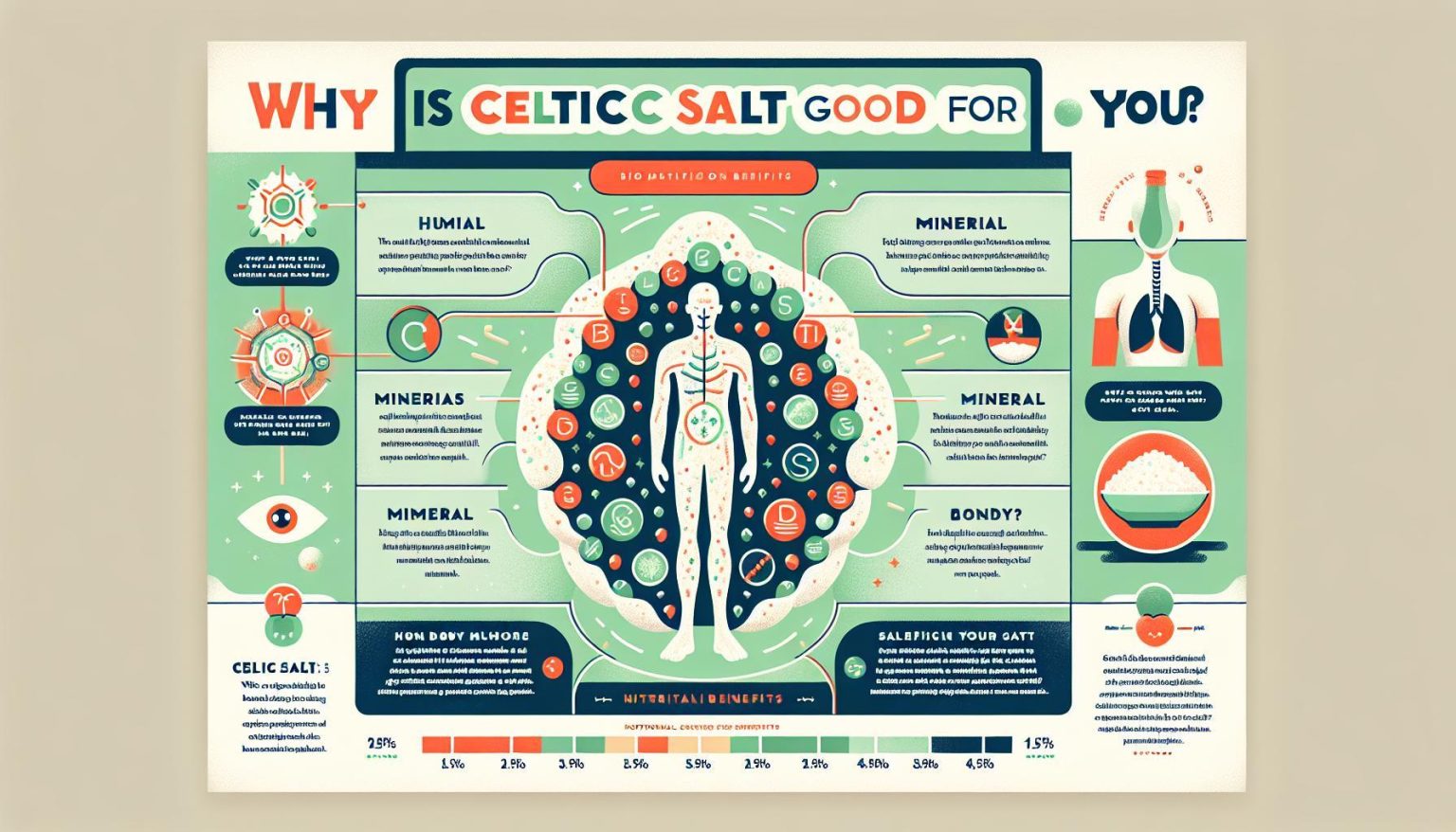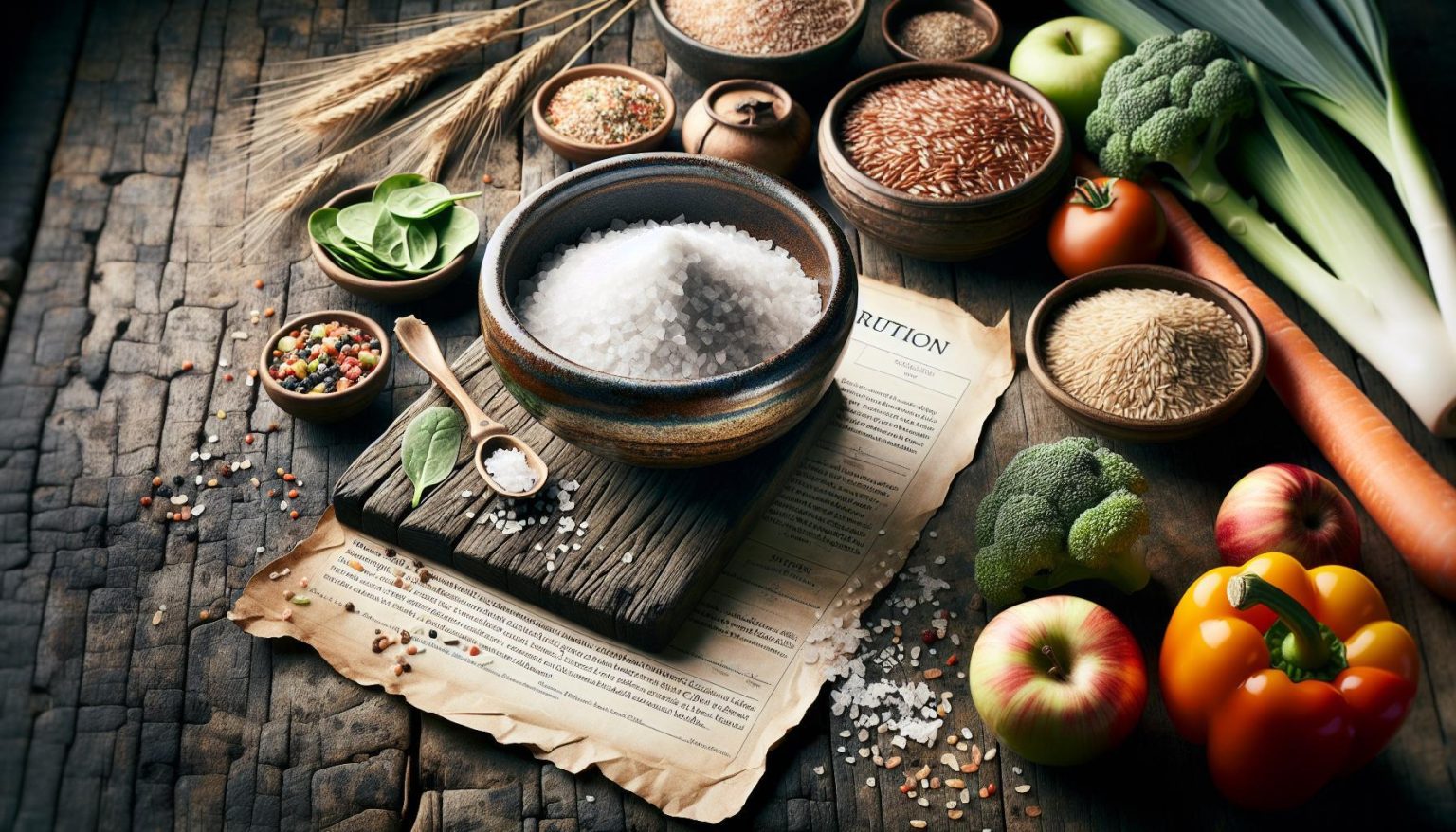In our day-to-day life, we often overlook the crucial role that diet plays in shaping our health. Among various diets studied and recommended by experts, the Anti-Inflammatory Diet stands out as a powerful tool in managing chronic pain and promoting better health. Experts globally have recognized the potency of certain foods – a treasure chest of anti-inflammatory properties – thereby amalgamating the concepts of Diet and Chronic Pain Management. This article aims to serve as an Anti-Inflammatory Diet Guide, equipped with insights about the diet’s benefits, key principles, and the Role of Omega-3s in Pain Reduction.
Introduction to the Concept of Inflammation and Its Impact on Overall Health
On a basic level, inflammation is a defense mechanism, a response by our body to protect us from injuries, infections, and damages. However, prolonged inflammation can lead to chronic conditions like heart disease, diabetes, and even cancer. Such facts underline the importance of managing inflammation, which directly impacts our overall health. It’s here that the Anti-Inflammatory Diet presents itself as both recourse and deterrent.
Explanation of the Benefits of an Anti-Inflammatory Diet
When looking to adopt an Anti-Inflammatory Diet, it is essential to understand its benefits. The focus of such a diet is to reduce low-grade inflammation, offering impressively reduced risks of chronic diseases. The intake of nutrient-rich food increases, reflecting significantly on the immune system’s improved function. Consuming amino acids, fiber, and antioxidants aid in maintaining a healthy gut, reducing inflammation, and providing Nutritional Supplements for Pain Relief.
Discussion of How an Anti-Inflammatory Diet Can Promote Over-all Well-being and Vitality
An Anti-Inflammatory Diet extends beyond just pain management and disease prevention. It encourages a holistic approach to health that potentiates overall well-being and vitality. By including a diverse range of nutrients, it betters the body’s response to diseases, supports mental health, reduces fatigue, and promotes healthy aging.
This dietary approach incorporated with regular physical activities is akin to giving your body the best defense mechanism, thus securing physical and mental well-being. From every angle, the Anti-inflammatory Diet substantiates its benefits, warranting an adaption beneficial for long-term health.
In the subsequent article, we dive deeper and expand on the Key Principles of an Anti-Inflammatory Diet
that further delves into the importance of whole, nutrient-dense foods, the role of Omega-3s and Omega-6s balance, and how to incorporate these principles into your lifestyle effectively. The journey to better health begins now.
Key Principles of an Anti-Inflammatory Diet
The effectiveness of an anti-inflammatory diet largely depends on harnessing its key principles. Implementing these principles can lead to various health benefits, including the reduction of inflammation, the improvement of immune function, and the prevention of chronic diseases.
Whole, Nutrient-dense Foods and Moderation of Processed and Sugary Foods
An integral part of the anti-inflammatory diet is the consumption of whole, nutrient-dense foods. These foods contain vitamins, minerals, and antioxidants that fight inflammation. Fruits, vegetables, whole grains, lean proteins, and healthy fats like avocados and nuts are all beneficial components of a balanced, anti-inflammatory diet.
Conversely, reducing the intake of processed and sugary foods is also crucial. These foods can trigger inflammation, as their high sugar and unhealthy fat content stimulate the release of pro-inflammatory compounds in the body. By avoiding or limiting the consumption of sodas, candies, processed meats, and fried foods, you can reduce inflammation and enhance overall health.
Balance Omega-3 and Omega-6 Fatty Acids
Fatty acids play a significant role in the body’s inflammatory responses. Omega-3 fatty acids, found in foods like salmon and walnuts, suppress inflammation. Meanwhile, omega-6 fatty acids, found in many vegetable oils and processed foods, can promote inflammation when consumed in excess. An anti-inflammatory diet encourages a balanced ratio of these fatty acids, promoting healthier meal choices and reducing inflammatory responses.
Complement Diet with Lifestyle Modifications
An anti-inflammatory diet should not stand alone but should be complemented by healthy lifestyle changes. Regular physical activity can help alleviate stress, which is a known promoter of inflammation. A consistent exercise routine, whether it’s aerobic exercises, strength training, or yoga, can support anti-inflammatory efforts.
Stress management techniques, such as meditation and deep breathing exercises, also support an anti-inflammatory lifestyle. By better managing stress levels, you can further reduce the body’s inflammatory responses and promote overall wellbeing.
Enhancing sleep quality and duration is another important lifestyle modification. Adequate sleep allows the body to repair and rejuvenate, reducing inflammation and supporting overall health.
Now that we have unpacked the major principles behind an anti-inflammatory diet, let’s delve into specific foods you can incorporate into your diet for anti-inflammatory benefits, which we will address in the next section: ‘Top Foods to Include in an Anti-Inflammatory Diet’.
Top Foods to Include in an Anti-Inflammatory Diet
Inflammation is recognized globally as a silent yet potential disruptor of optimal health. As part of an overall strategy for maintaining a healthy lifestyle and proper weight management, consider incorporating top anti-inflammatory foods into your daily meals.
Leading Anti-Inflammatory Foods to Organize Your Healthy Diet Around
Fatty Fish: Rich with omega-3 fatty acids and fatty fish like salmon, mackerel, tuna, and sardines help reduce inflammation. These healthful fats interfere with immune cells’ production of inflammation-causing chemicals.
Leafy Greens: Including spinach, kale, and Swiss chard, are packed with flavonoids, a type of antioxidant that works to fight inflammation in the body.
Berries: Strawberries, blueberries, raspberries, and blackberries are loaded with antioxidants, known for their anti-inflammatory effects.
Nuts: Almonds and other nuts are high in fiber, calcium, and vitamin E, all of which counterbalance inflammation.
Discover the Anti-Inflammatory Properties of Specific Foods
Turmeric: Curcumin, the main compound in turmeric, has potent anti-inflammatory properties. When paired with black pepper, its bioavailability increases, thereby enhancing its inflammation-fighting prowess.
Ginger: A staple in Asian cuisine and traditional medicine, ginger offers anti-inflammatory benefits akin to non-steroidal anti-inflammatory drugs. It contains chemicals that thwart the body’s inflammation-producing immune responses.
Garlic: Allicin, the key component in garlic, is responsible for its anti-inflammatory, antioxidant, and anticancer properties. It works by blocking the pathways that lead to inflammation.
Embrace Healthful Eating with Everyday Meals & Snacks
Adopting these top anti-inflammatory foods into your diet doesn’t have to be a cumbersome task. Begin by switching unhealthy snacks with nuts and berries. When preparing meals, opt for leafy greens as your base and add in fatty fish as your protein source. Also, don’t forget to season your foods with health-boosting spices like turmeric and ginger. Lastly, try recipes that feature garlic as a key ingredient. Remember, a little goes a long way when it comes to these potent anti-inflammatory foods.
In conclusion, battling inflammation is a necessary step in achieving and maintaining good health. While the fight against inflammation may seem daunting, taking it one meal at a time can make a world of difference. So why not start with your next meal?
How to Implement an Anti-Inflammatory Diet into Your Lifestyle
Stay tuned for the next section where we delve into practical strategies for seamlessly transitioning to an anti-inflammatory diet. From meal planning and grocery shopping tips to dining out while still pursuing an anti-inflammatory diet: we’ve got you covered.
How to Implement an Anti-Inflammatory Diet into Your Lifestyle
Embracing an anti-inflammatory diet can greatly improve your overall well-being, reduce the risk of several chronic diseases, and enhance immune function. Taking concrete steps to include anti-inflammatory foods into your day-to-day life will allow you to reap these potential health benefits in the most effective manner. This article will offer practical strategies and essential tips to incorporate such an approach into your lifestyle seamlessly.
Strategies for a Smooth Transition
The transition to an anti-inflammatory diet need not be abrupt or overwhelming. Start small by incorporating nutrient-dense, whole foods into your meals, and gradually reduce the intake of processed and sugary foods.
Begin with meal planning. This not only helps in maintaining a balanced intake of desired nutrients but also aids in avoiding unforeseen indulgence in unhealthy foods. List out meals and snacks that are rich in anti-inflammatory components such as omega-3 fatty acids – like fatty fish and nuts – and antioxidants – like leafy greens and berries. Using digital meal planning tools, or simply sticking to traditional pen and paper, can aid this process.
Next, make informed choices while grocery shopping. Prioritize purchasing products that are whole, unprocessed, and high on your meal planner’s ingredient list. A pro tip for improved shopping habits would be to avoid exploring the middle aisles of grocery stores, as they mainly contain processed food items.
Lastly, experimenting with various anti-inflammatory recipe ideas can make the meals creative, interesting, and appealing. Adding spices such as turmeric and ginger, both of which are noted for their anti-inflammatory properties, can help elevate the taste as well as the health benefits of your dishes.
Navigating Social Situations and Dining Out
Staying true to an anti-inflammatory diet can be challenging, especially during social gatherings or while eating out. However, simple tactics like researching the menu beforehand or choosing restaurants that align with your diet can be very helpful. It’s also useful to remember that asking for meal modifications based on your requirements is perfectly acceptable.
Maintaining Long-Term Adherence
The benefits of an anti-inflammatory diet can only be truly realized with consistent long-term adherence. Apart from day-to-day meal planning and mindful shopping, staying motivated plays a key role in maintaining this dietary approach. Engaging with supportive communities, joining online forums or groups centered around a healthier lifestyle, and celebrating small victories can significantly magnify your motivation levels.
Understanding the linkage between certain lifestyle factors such as cholesterol levels, blood pressure, and inflammation can also foster commitment to an anti-inflammatory diet. Regular physical activity and stress management techniques, such as meditating and practicing mindfulness, can complement and enhance the benefits of an anti-inflammatory diet.
Embarking on this dietary modification journey may seem daunting initially, but with time, patience, and persistence, it could bring substantial improvements to your overall health. Now that you know how to implement an anti-inflammatory diet in your lifestyle, let’s look at the impact this change can have on managing chronic conditions, a concept we’ll explore in the next section, “The Role of an Anti-Inflammatory Diet in Managing Chronic Conditions”.
Conclusion
In conclusion, an anti-inflammatory diet can offer a wide range of benefits, from reducing the risk of chronic diseases to improving overall well-being and vitality. By focusing on whole, nutrient-dense foods and incorporating anti-inflammatory ingredients into your meals, you can take proactive steps towards supporting your body’s inflammatory response. With practical strategies and a dedicated mindset, implementing and maintaining an anti-inflammatory diet can pave the way for a healthier and more vibrant life.
Frequently Asked Questions
1. What are some examples of anti-inflammatory foods?
Some examples of anti-inflammatory foods include fatty fish, leafy greens, berries, nuts, and ingredients like turmeric, ginger, and garlic.
2. How can I incorporate more anti-inflammatory foods into my diet?
You can incorporate more anti-inflammatory foods into your diet by including them in your meals and snacks, exploring new recipes, and making them a regular part of your grocery shopping list.
3. Are there any specific dietary restrictions associated with an anti-inflammatory diet?
An anti-inflammatory diet emphasizes whole, nutrient-dense foods while minimizing the intake of processed and sugary foods. It also focuses on balancing omega-3 and omega-6 fatty acids in the diet.
4. Can an anti-inflammatory diet help with managing chronic health conditions?
Yes, evidence-based research has shown that an anti-inflammatory diet can have a significant impact on managing chronic conditions such as heart disease, diabetes, and autoimmune disorders.
5. How can I stay motivated to adhere to an anti-inflammatory diet in the long term?
Staying motivated to adhere to an anti-inflammatory diet in the long term can be supported by having a support system, exploring new recipes and meal ideas, and focusing on the positive impact it has on your overall well-being.










